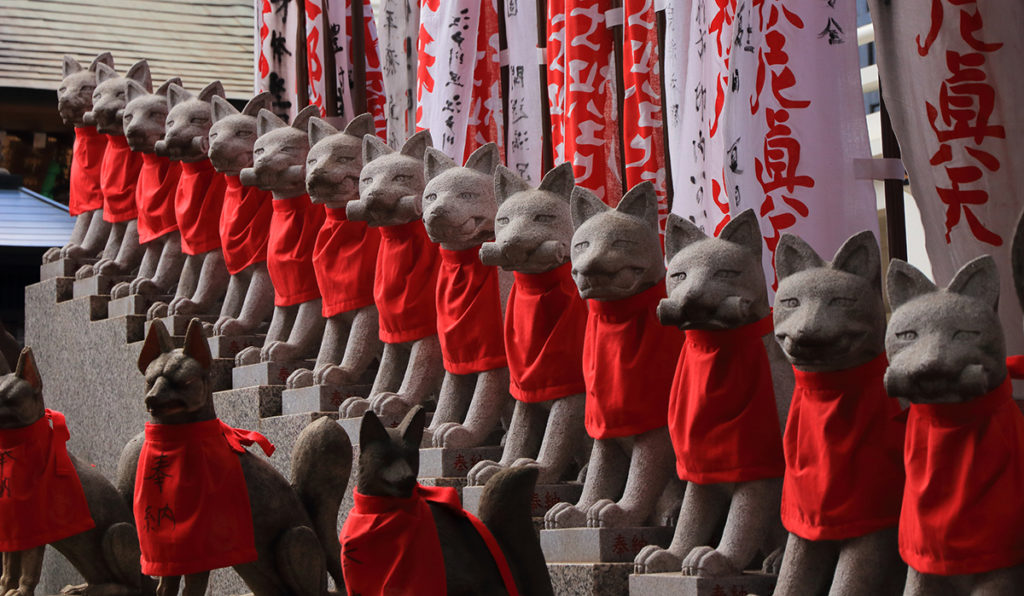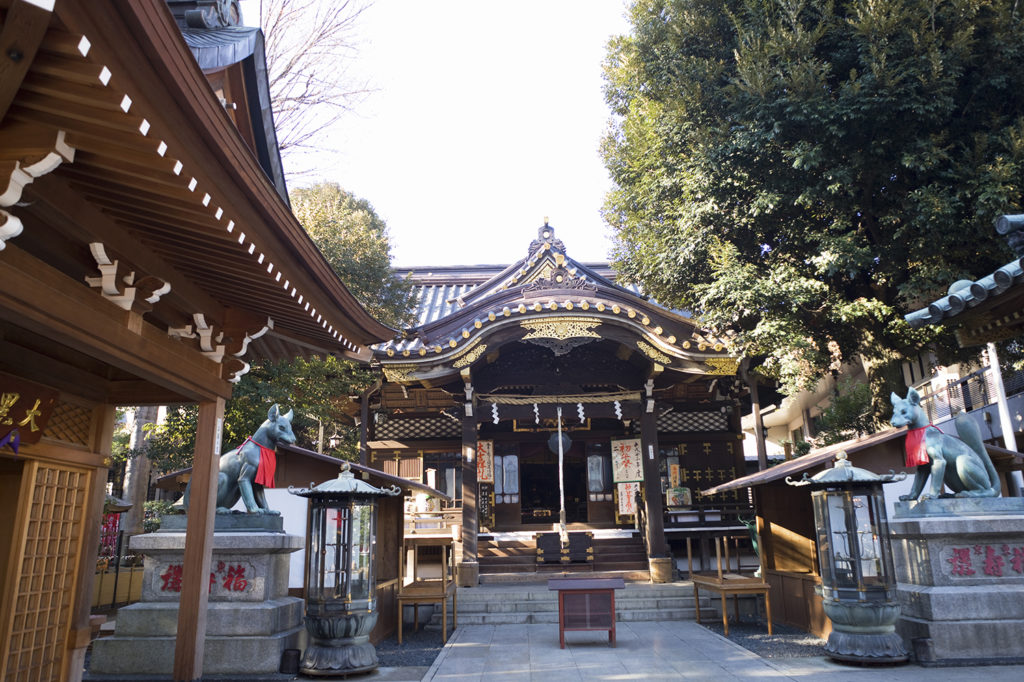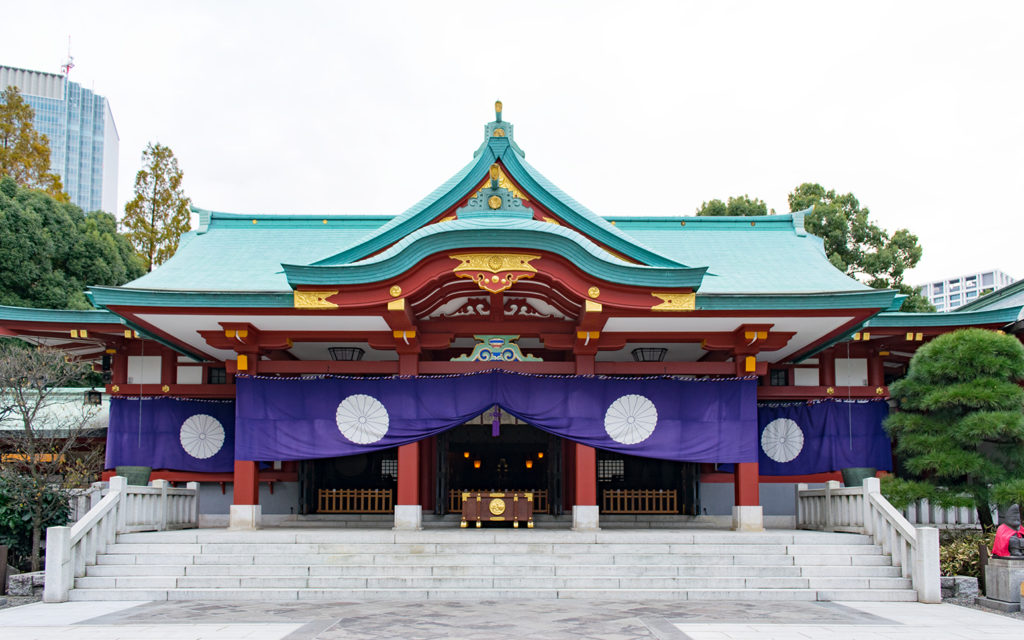
Two Instagram Worthy Temples and Shrines to Visit in Tokyo
Japan is a beautiful country with a culture and history that spans centuries. Tokyo is the Japanese capital that embodies the county’s long history, intermingling with modern life. Amidst the hustle and bustle of a modern-day metropolis are the traditional temples and shrines that are testament to the enduring ethos of the Japanese.
Check out some of the Instagram worthy temples and shrines to see when in Tokyo:
Toyokawa Inari Tokyo Betsuin
Toyokawa Inari Tokyo Betsuin
The Toyokawa Inari Tokyo Betsuin was originally built in 1828 and is a branch temple of the main Toyokawa Inari Temple in Aichi Prefecture. Located in one if not the busiest districts of Tokyo, you can find numerous fox figures around the Toyokawa Inari Tokyo Betsuin, a weirdly peaceful temple, in spite of its location. The fox figures are believed to protect the temple from evil.
The history of Toyokawa Inari Tokyo Betsuin tells us that during the 13th century, the third son of Emperor Juntoku, Kangan Giin, had a vision of the deity Dakini-Shinten riding a white fox. During the Meiji era, the Buddhist temple was on the verge of being converted to a Shinto shrine when the state was promoting the native Shinto religion over the “imported” Buddhism as part of the Japanese governments modernization, nationalistic drive to protect and defend the Japanese culture.
The temple managed to keep the Buddhist identity by asserting that the real object of worship at the temple was the Buddhist Dakini-Shinten and not the Shinto fox he was riding. The fox was merely a symbol of Dakini-Shinten’s revelation to the prince.
Hie Shrine in Tokyo.
Hie Shrine
The Hie Shrine is a Shinto shrine with its festival Sannō Festival is considered one of the three great Japanese festivals of Edo, along with the Fukagawa Matsuri and Kanda Matsuri. The main god of Hie shrine is Ōyamakui-no-kami.
The exact date of when Hie shrine was established is uncertain but the Hie along with Sannō Shrine was mentioned in a 1362 record of the Kumano Nachi Taisha.
Tokugawa Ieyasu relocated the shrine to the grounds of Edo Castle, while his son Tokugawa Hidetada moved it outside so the people of Edo could also worship in the shrine. The Hie Shrine was greatly damaged during the Great Fire of Meireki in 1657 but two years later, the shrine was rebuilt at its present location. From 1871 through 1946, the Hie Shrine was officially designated one of the Kanpei-taisha , the first rank of government supported shrines.
The Hie Shrine was yet again damaged during World War II during the bombing of Tokyo but was yet again rebuilt. It houses one of Japan’s National Treasures, a tachi (single edged sword) and 14 important cultural assets, 13 swords and one naginata.


